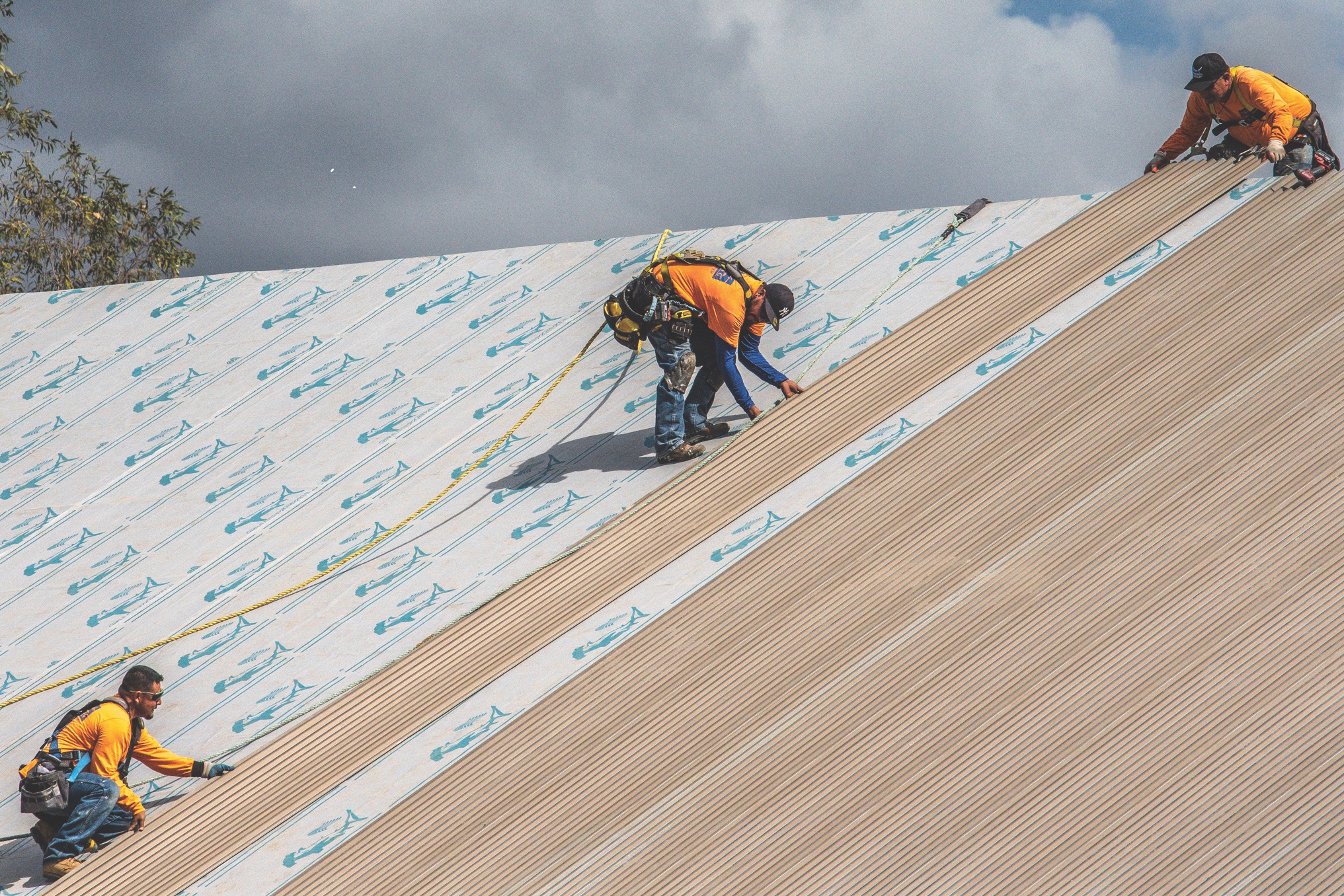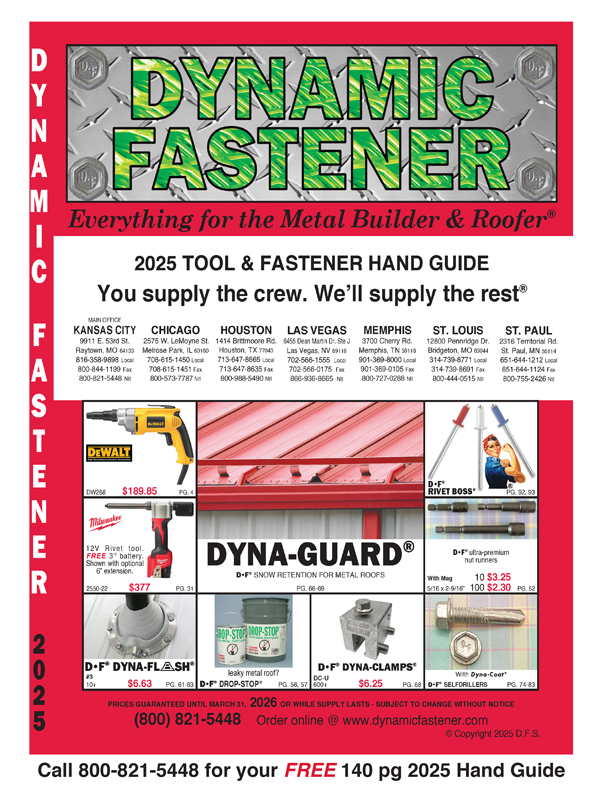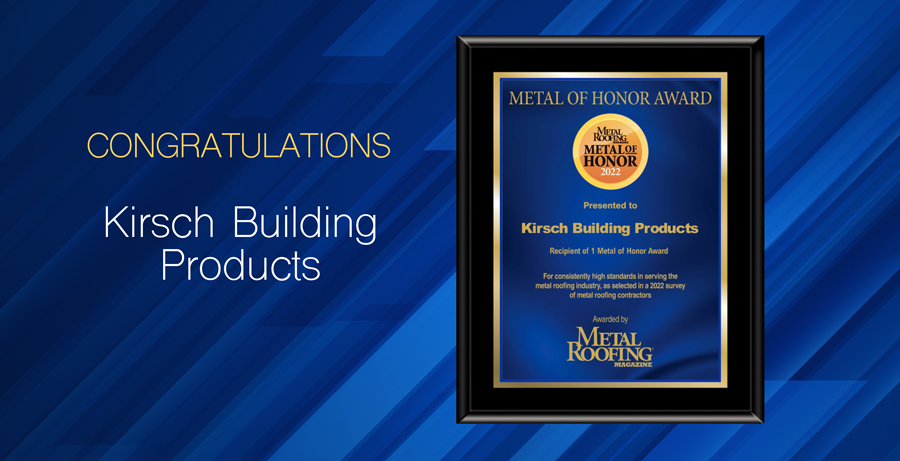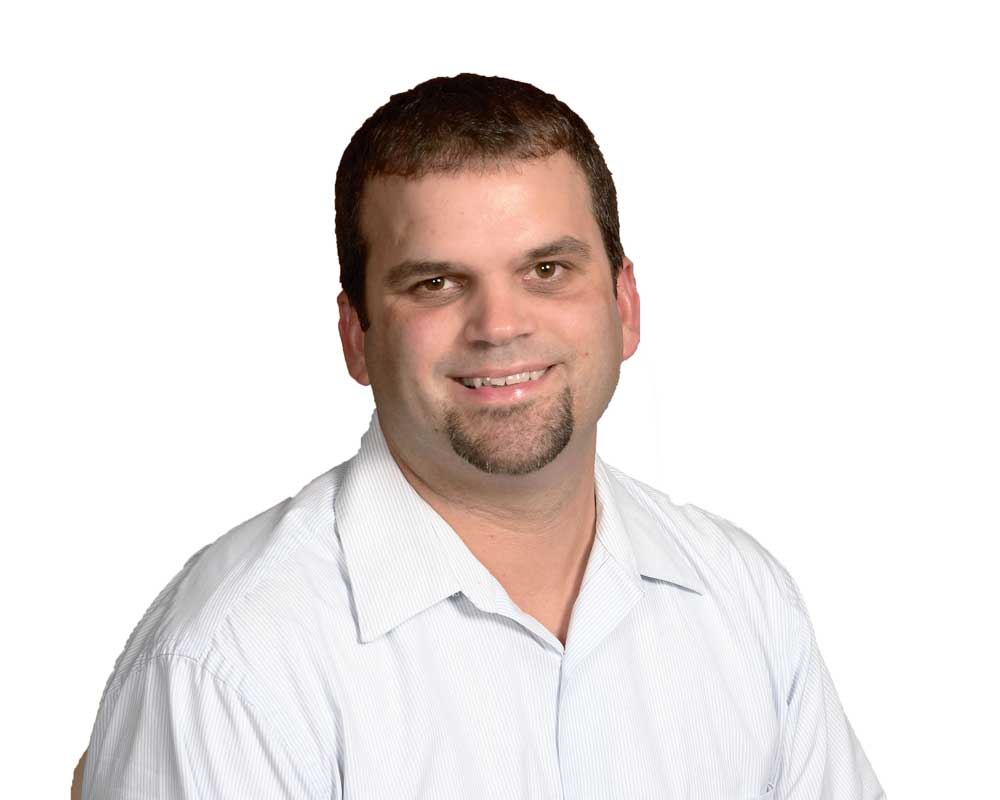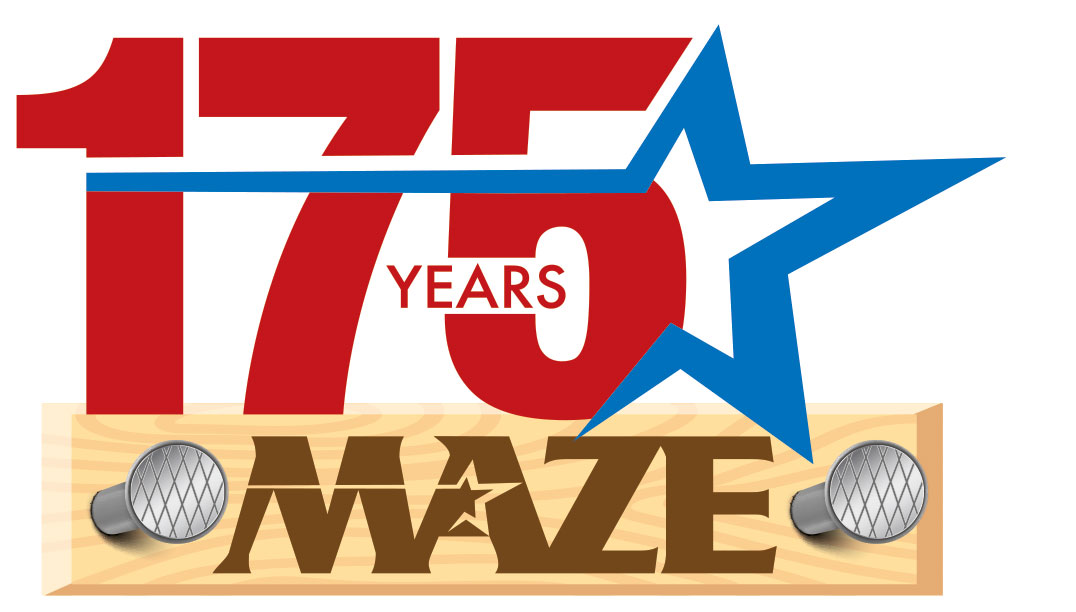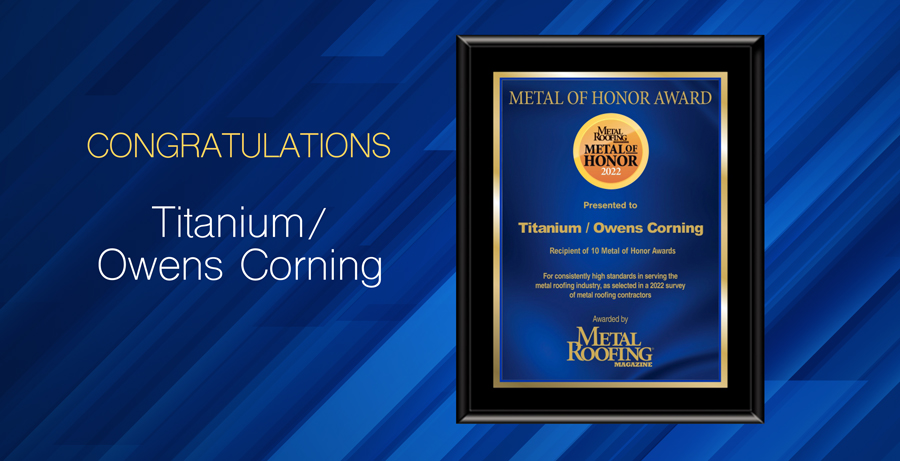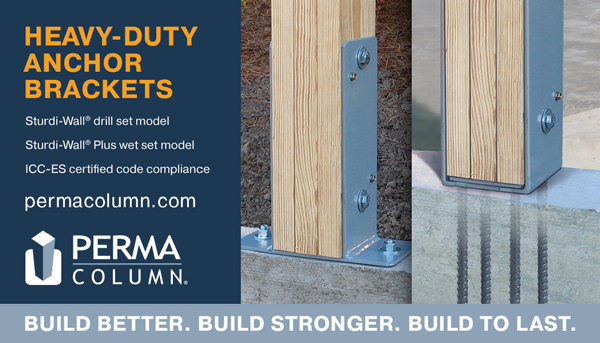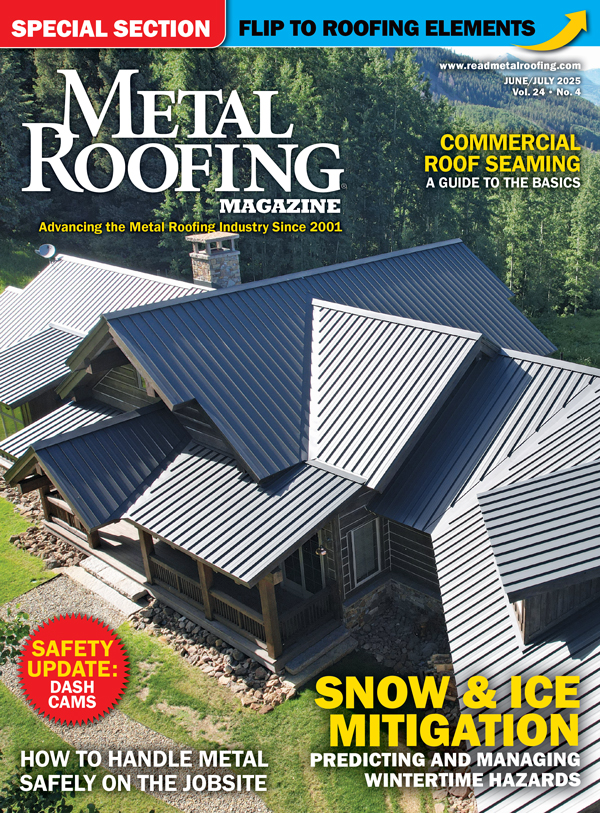By Linda Schmid
Did you ever go to a new place, see how the locals are doing something and wonder, “Why don’t we do it like that?” Mark Strait, President of Kirsch Building Products had that experience when he went to Germany with the NRCA (National Roofing Contractors Association) in the ’90s.
“I was amazed by their roof technology. They were putting on 100-year roofs; we were doing 25-year roofs,” Strait said.
“The German roofers were very particular and detail oriented. They didn’t use tar paper under tile, metal and slate; they used different types of polymer based roof underlayments. They laughed at our 25-30 year warranties, saying that no one in Germany would use that on their house; they might put such a roofing system on a chicken coop.”
When Strait talked about using their types of underlayment back home, German roofing experts said it wouldn’t work as their roof framing/sheathing systems were different than what is used in America.
That felt like a challenge to Strait. He determined that roofing longevity in America could be improved through “improved” roof underlayments, and he was just the guy to do it.
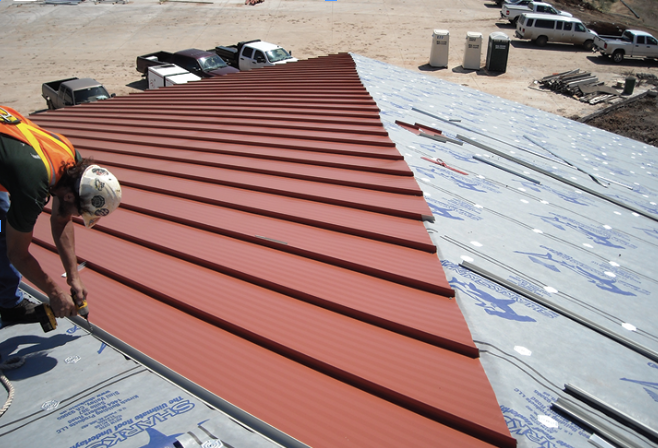
Strait had worked as a roofing contractor for over 25 years in Ventura, California, where concrete and clay tiles were popular. Tract housing particularly had lots of concrete tile roofs and in 10-15 years they required re-setting, because the asphalt based roof underlayment had deteriorated. In the late ’90s he’d invented a lightweight roof tile, but it had never been marketed because it didn’t work with the current production technology. Now Strait was determined to put his innovation to work to create a better underlayment for a long-term performance roofing system.
The first thing he did was develop a list of requirements for this new product including: tensile strength, chalkability, wind resistance, walk-ability, standard fasteners, and the ability to be used with all kinds of tile, metal, slate, and asphalt shingle roofing, and easy installation. Five years later, in 2001, he had a patent on Sharkskin underlayment.
It was a hard sell at first; many roofing professionals seemed to think that Sharkskin was the work of a “mad scientist.” But a few early adopters saw the value of it and gave it a chance, and then others started to follow suit.
It became very popular; Sharkskin introduced slip resistance to the underlayment world. Combined with high-temperature resistance, less energy transfer, its green properties, no VOCs in its synthetic butyl adhesive, and longevity…it was the Porsche of underlayments. Soon other companies were trying to emulate the product, but Strait points out that the cheaper versions you find in roofing distribution and big box stores aren’t as effective as the current Sharkskin roof underlayment line, which was developed for all pitched roofing systems.
One of the things Strait is most proud of is Sharkskin Roof Underlayment’s unmatchable “wind uplift resistance” numbers. He tells the story of Tyndal Air Force Base, Panama Beach, Florida in the Gulf of Mexico. The roof was not complete when Hurricane Michael, a Cat 5 storm with 200 mile per hour winds hit in 2018. Most of the standing seam metal panels of the incomplete roof blew off, but the Sharkskin remained intact.

Tyndal Air Force Base, 2018: 200 mile per hour winds blew off much of the incomplete roof, but the Sharkskin underlayment remained in place.
Despite its success, the company has remained true to its roots. They work with many independent contractors: trucking companies, production teams, and warehouses.
An advantage of being a smaller company is that they are more nimble; they can pivot much more easily and Strait leverages the abilities, expertise and knowledge of the companies he works with.
Kirsch’s culture encourages independent thinking and ideas. Strait says he listens to his people and gives them a voice. And when something doesn’t run smoothly, he asks not whose fault it is, but how do we fix it? What do we learn from it?
Strait said his business philosophy has a biblical basis; everything flows from that. Doing what’s right leads to great customer service, as well as customer and business partner loyalty.
It’s important to be transparent, to stand up for your viewpoint, and to be responsible, compassionate, and ethical. Have wisdom, patience, and faith. Remember that everyone has something going on and they won’t always talk about it. Try to understand others’ perspectives.
While Strait’s guidelines for conduct are traditional, solid, tried and true, his approach to his products is innovative. His goal is to continue to develop and bring to market the products that often go against the status quo, challenging the paradigms that people become entrenched in. He is always on the lookout for fresh ideas and different ways of doing things, which aligns with his culture of listening to employees and customers.
He is always asking customers questions, such as, “If there was a product for that, how often would you use it?” As a former roofer, he finds it easy to talk to roofers and understand them and the challenges they face.
As for what is coming in the future, Strait said Kirsch is working on a couple of new projects that they are not ready to announce; he is wary of tipping his hand since he has had challenges regarding his intellectual property being copied in the past. He acknowledged that we seem to be headed toward more aggressive weather, so products to protect people from these stronger storms and keep homes and buildings safe and dry is very important. So it seems that the industry will have to wait and see what this innovator brings to the rooftop next. MR


